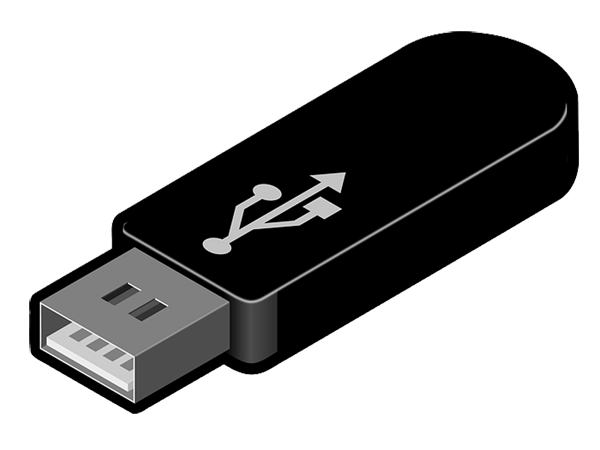
Usb Flash Drive Format Tool Ufix Ii Download
Applicable for PNY/HP 4GB/8GB/16GB/32GB flash drive products. The speed profomance might go down if you execute the program from the normal use or while beginning purchased. Ufix-II (USB Flash Driver Format Tool). USB Flash Drive v210w 16 GB Write Protected AGAIN. USB Disk Storage Format Tool is the free USB flash drive tool that brings enhanced power. USB Disk Storage Format Tool 5.0.
There are a number of common issues experienced with SanDisk memory cards and flash drives. We have categorized the usual problems on SanDisk USB flash drives, pen drives, micro SD cards, SDHC cards, and SDXC cards, into two groups corresponding to their solution. These problems can all be solved by either formatting the disk or manually repairing the device from the registry editor. Check which category your problem falls into, then follow the respective guide to get your SanDisk device working again. Common Issues with SanDisk Cards and Flash Drives Category 1 • SanDisk SD card not showing the full capacity.
• SanDisk Cruzer 16GB not recognized by camera or phone. • Windows unable to complete the format for a SanDisk removable disk.
Category 2 • SanDisk write-protected error in Windows: can't write anything. Auto greeting software for paltalk messenger. • SanDisk flash drive is corrupt, inaccessible, unreadable, damaged, or has bad sectors. Category 1 Solution: Format the Disk When facing SanDisk problems similar to the listed entries in the first category, go ahead and download EaseUS Partition Master, the most recommended SanDisk format tool, for a quick fix. Go to EaseUS’s page to learn more details about the software. Buku tasawuf pdf.
Category 2 Solution: Fix Write Protection and Corruption Errors via Regedit/Registry For the situations in the second category, simply formatting the disk will likely not be sufficient. Instead, it will require some manual editing of the Registry. Repair a Write-protected SanDisk SD Card or Flash Drive If it's about removing the write protection on a micro SD card, there are three ideas to fix a write-protected SD card, including unlocking the lock switch, toggling the loss lock switch, and changing the lock feature in the mobile device settings. Since a USB flash drive doesn't have a lock switch, you can only try to fix a write-protected USB drive by deleting its associated registry files. This allows the device to be reinstalled by your computer, which will lift the write protection setting. The method to get this done will be laid out in #2, as it will also solve when a computer does not detect the device at all. Repair SanDisk Device Not Detected by a Windows PC The official SanDisk knowledgebase states that a corrupt registry entry can cause your SanDisk product to not be detected by the computer.
Removing the registry keys created upon installation of your SanDisk product will allow the computer to fully reinstall the device and may resolve the issue. Back up the registry 1.
Unplug the device from the USB port. Windows XP: Go to 'Start' > 'Run', type in regedit and then click 'OK'. Windows 7, 8 and Vista: Click the Start button, type regedit in the search box, and then press Enter. Window 10: Type regedit, in the 'Search the web and Windows' field (lower-right) and then select 'Regedit - Run Command'. From the registry menu, choose File > Export. Name the file SNDK.reg and save it to your desktop.
If you experience any issues after editing the registry, you can restore this backup by following steps 1 through 3, but choosing File > Import instead. Choose the SNDK.reg file that you backed up, allow it to import, then restart your PC.
Remove SanDisk info from the registry WARNING: DO NOT delete any registry keys other than keys that include VID_0781, the SanDisk device’s keys. Deleting important registry keys can result in booting issues and other system malfunctions.
From the registry menu, click 'Edit' and choose 'Find'. Type in VID_0781 and click 'Find' Next.
Once the search finishes, right-click the highlighted registry key and select 'delete'. Press the F3 key to find the next registry key that includes VID_0781. Right-click the highlighted registry key and select 'delete'. Repeat this process until the search returns with No results Found. NOTE: Under Windows 7, 8 and Vista, some registry keys may be protected and cannot be deleted. Simply skip over these keys if you receive a message that the key cannot be deleted. Once all registry keys containing VID_0781 have been deleted, reboot your computer.